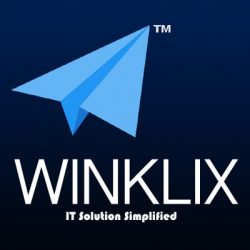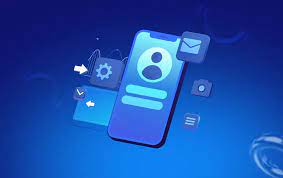Our mobile app development company in Sydney prioritizes security in every stage of app design. As experienced mobile app developers in Sydney, we build secure, scalable apps that protect user data and meet global privacy standards.
As a leading mobile app development company in Sydney, businesses today are focusing more than ever on data security and user privacy. With the increasing number of digital transactions and mobile users, ensuring secure app architecture has become a vital part of the development process.
- Why Data Security Counts in Mobile App Development
A data breach can wreck an app’s reputation in no time, and once users lose trust, it’s tough to win them back. That’s why Sydney’s app developers bake security into their process from day one. They protect everything—payment info, logins, personal details—because keeping users’ data safe keeps your customers loyal and out of trouble with privacy laws.
- Encryption: Where App Security Starts
Sydney’s best app companies use encryption to lock down data, whether it’s moving through the internet or sitting on a server. Even if someone gets their hands on it, encrypted data stays unreadable. Developers focus on end-to-end encryption and secure logins, so users can trust that their information isn’t up for grabs.
- Smart Coding and Regular Security Checks
Experienced developers know bad code is an open door for hackers. That’s why they follow strict coding practices and run security audits all the time. They use tools that scan for weaknesses and even bring in ethical hackers to test for flaws—anything to find and fix problems before real attackers show up.
- Playing by the Rules: Data Protection Laws
Every Sydney app developer has to follow the rules—like Australia’s Privacy Principles and, if they have international users, GDPR. That means clear privacy policies, smart data storage, and getting users’ permission when needed. It’s all about being upfront and keeping things legal.
- Always Watching: Ongoing Security and Threat Detection
Building an app isn’t the end of the story. The top developers in Sydney keep an eye on things 24/7 with AI-powered monitoring tools and regular updates. They spot new threats fast and patch issues before users even notice, so your app stays safe over time.
Conclusion
When you pick a trusted Sydney app development company, you get more than just an app—you get peace of mind. These developers put security, performance, and compliance at the heart of everything. With cutting-edge encryption, careful coding, and nonstop monitoring, they help your business deliver smooth, safe digital experiences well into 2025 and beyond.




